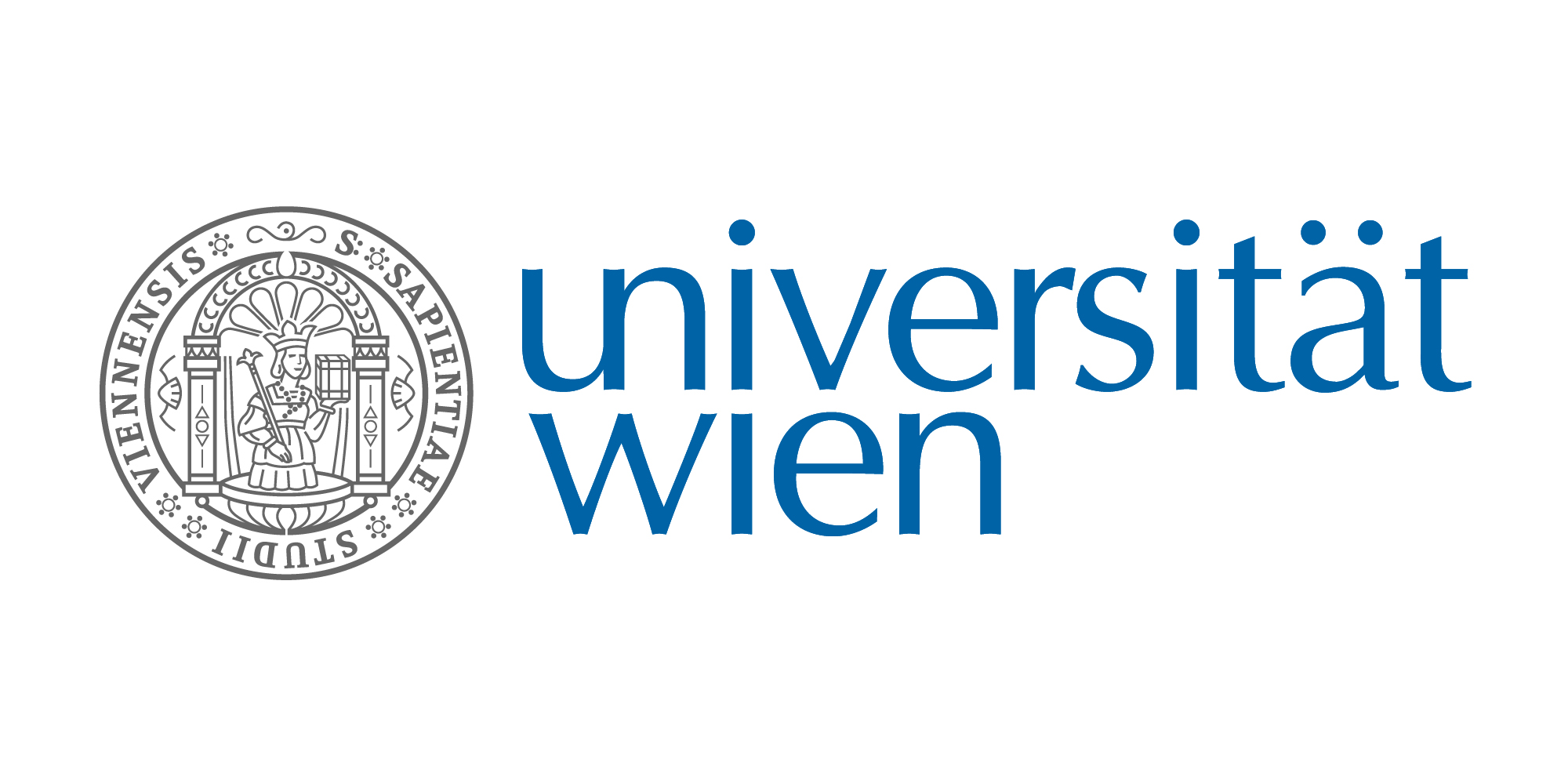Getting Hook Bending Off the Hook
University of ViennaThe bending of a hook into wire to fish for the handle of a basket by the crow Betty 15 years ago stunned the scientific world. However, the finding was recently relegated as similar behavioural routines were discovered in the natural repertoire of the same species, suggesting the possibility that Betty’s tool manufacture was less intelligent than previously believed. Now cognitive biologists from the University of Vienna and the University of Veterinary Medicine Vienna studied tool making in an Indonesian cockatoo. Other than the New Caledonian crows Goffin cockatoos are not using tools in the wild. To the researchers' surprise the birds manufactured hook tools out of straight wire (and in a second task unbent curved wire to make a straight tool) without ever having seen or used a hook tool before.
